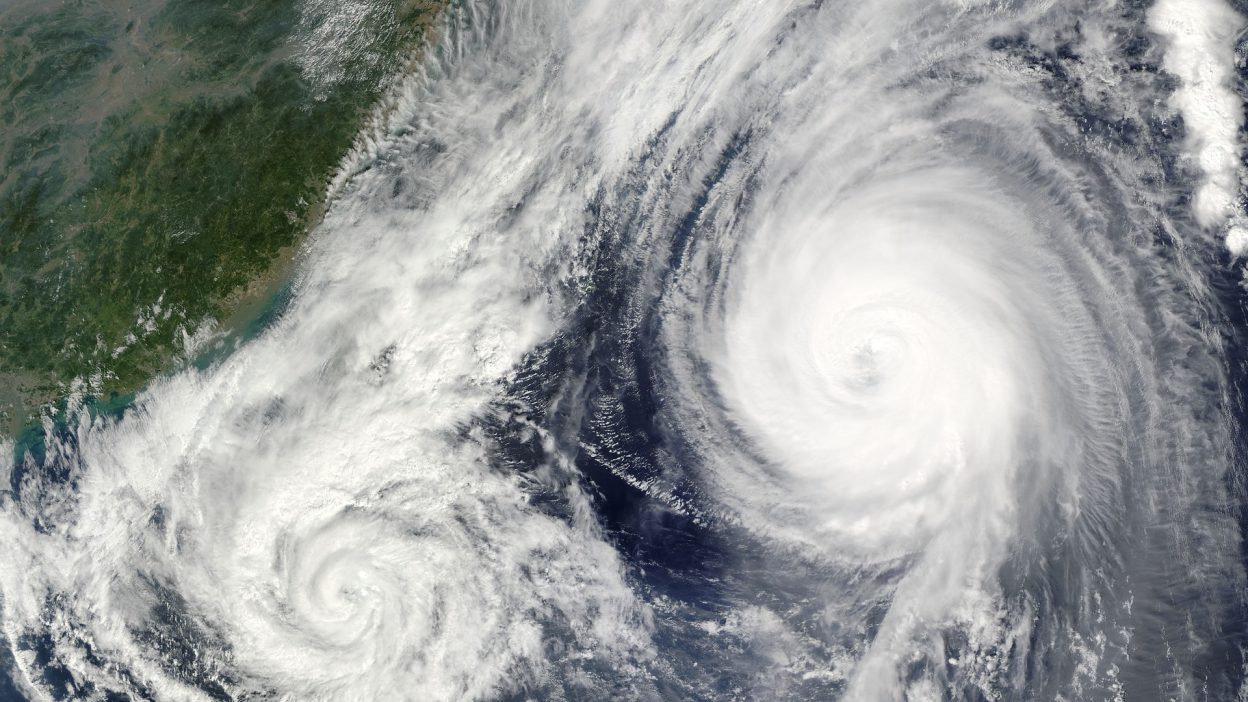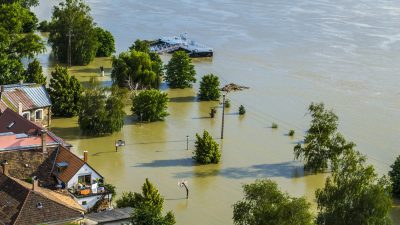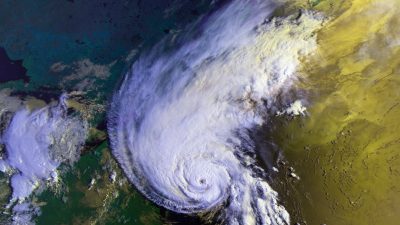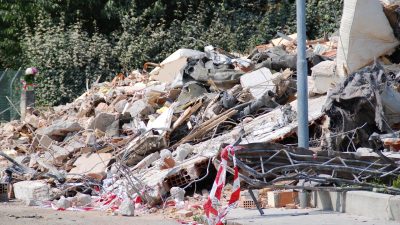The Earth Shook: How the 1946 Dominican Republic Earthquake Changed Everything
On the evening of August 4, 1946, the Dominican Republic was struck by one of the most devastating earthquakes in its history. Measuring a powerful 8.1 on the Richter scale, the earthquake created significant destruction, not just in terms of infrastructure but in its long-lasting social and economic consequences. Cities were devastated, homes reduced to rubble, and thousands of lives were lost in a matter of moments.
The force of the earthquake rippled far beyond its immediate aftermath, touching the lives of countless families, and making it clear that even the most prepared societies can be vulnerable in the face of nature’s fury. The event would also go on to shape the country’s disaster response protocols, as well as its understanding of seismic activity. The earthquake remains a pivotal moment in the Dominican Republic’s modern history, altering the course of its development for decades.
The Untold Truth Behind the 1946 Dominican Republic Earthquake
While the widespread destruction was clear for all to see, there are several lesser-known facts about the 1946 Dominican Republic earthquake. Despite its severity, the event was somewhat underreported internationally, with the media focusing on other global events at the time. This resulted in a lack of global awareness about the scale of the disaster and delayed aid to the region.
Furthermore, the response from the Dominican government was swift but faced many challenges. The country’s infrastructure was underdeveloped, which hampered the immediate response efforts. However, the earthquake also led to significant reforms, with the government investing in earthquake preparedness and setting up systems for future emergencies. Many of these improvements, though, would take years to be fully realised.
What the 1946 Dominican Republic Earthquake Really Cost Us
- Human Lives Lost
The earthquake claimed the lives of an estimated 1,000 people, with thousands more injured. Entire families were lost in the devastation, and entire communities were left in disarray. The human cost of the earthquake was felt deeply, and the effects would reverberate for generations. - Economic Toll
The Dominican Republic’s economy was severely impacted by the destruction of infrastructure, buildings, and crops. Many businesses were wiped out, and the country’s economy suffered for years after the event. Reconstruction efforts required significant foreign aid, as well as a rethinking of the country’s economic strategies to prevent such widespread damage in future events. - Psychological Impact
The earthquake left a psychological scar on the population. Many survivors were left traumatised, and the emotional toll of losing loved ones, homes, and entire communities cannot be overstated. The disaster also left long-term mental health challenges for many, which were only addressed in later years.
Shattering Lives: The Hidden Consequences of the 1946 Dominican Republic Earthquake
Beyond the immediate destruction, the 1946 earthquake had several hidden consequences that were felt for decades. The loss of infrastructure meant that many remote areas of the country were cut off from aid for prolonged periods. This delay in response meant that diseases spread quickly in the aftermath, as clean water and medical supplies were in short supply.
Furthermore, the long-term displacement of families caused by the destruction of homes resulted in a migration crisis. Many citizens had to leave their rural communities in search of work or shelter, leading to an increase in urbanisation that would have long-term effects on the country’s demographic landscape. These hidden impacts are often overlooked when discussing the earthquake’s overall legacy.
Why the 1946 Dominican Republic Earthquake Was More Destructive Than We Thought
The 1946 earthquake’s impact was far more widespread and destructive than initially realised. The damage to buildings, roads, and power lines was catastrophic, and the aftershocks continued to devastate the region for weeks. However, the true scale of the destruction was not fully understood for years, as recovery efforts were complicated by a lack of resources, including medical supplies and workers.
While the death toll was significant, it was the economic fallout that took the longest to recover from. Many sectors of the economy were disrupted, with industries such as agriculture and tourism taking years to bounce back. The earthquake also exposed the vulnerabilities of the country’s infrastructure and emergency response systems, making it clear that substantial improvements were needed.
The Aftermath of the 1946 Dominican Republic Earthquake: Is Our Response Enough?
The Dominican Republic’s response to the earthquake was swift but ultimately limited by the country’s available resources. International aid arrived, but it was not enough to cover the full scale of the damage. Much of the immediate recovery was focused on rebuilding homes and providing temporary shelter to displaced families.
In the years that followed, the Dominican government began investing heavily in earthquake preparedness and response systems, learning from the mistakes made during the aftermath of the 1946 disaster. These improvements, however, were not realised until later, and some critics argue that the response was too slow and insufficient for such a large-scale disaster.
Could We Have Prevented the 1946 Dominican Republic Earthquake? The Shocking Facts
While no earthquake can truly be prevented, the 1946 disaster revealed several shocking facts about the lack of preparedness in the Dominican Republic. The country’s vulnerability to seismic activity had been well-known, but little had been done to prepare the population for such a catastrophic event.
Building codes were not up to the task of withstanding the magnitude of the earthquake, and infrastructure was not built with disaster resilience in mind. If proper planning and investment had been made in these areas, the human and economic cost could have been significantly reduced. While it’s impossible to predict such a disaster with certainty, greater attention to seismic risks might have spared many lives.
When Earthquake Strikes: How the 1946 Dominican Republic Earthquake Revealed Our Vulnerabilities
The 1946 earthquake exposed several key vulnerabilities in the Dominican Republic’s preparedness and infrastructure:
- Lack of Early Warning Systems
The absence of an effective earthquake early warning system meant that people had no time to prepare before the quake hit. Had such a system been in place, it’s likely that fewer lives would have been lost. - Weak Infrastructure
The earthquake’s destruction revealed how poorly constructed buildings and roads were in many parts of the country. These vulnerabilities left people unable to escape to safety or access emergency services. - Insufficient Emergency Plans
The response to the earthquake was hampered by the lack of a clear, nationwide emergency response plan. Without coordinated efforts, the aid that did arrive was often delayed and disorganised.
The 1946 Dominican Republic Earthquake Catastrophe: What the Media Didn’t Tell You
While the media reported on the event, there was much left untold. The true scale of the human suffering and the challenges faced by survivors in the aftermath was not widely covered. This lack of media attention delayed international support and made the rebuilding process much more difficult.
Moreover, the media overlooked the environmental impact of the earthquake, including the landslides and flooding caused by the collapse of buildings and roads. These effects continued to wreak havoc long after the initial shock had subsided.
Rebuilding and Remembering: The Long Road After the 1946 Dominican Republic Earthquake
In the years following the earthquake, the Dominican Republic embarked on a slow but steady recovery. Efforts to rebuild the country’s infrastructure were prioritised, and the government worked alongside international organisations to provide aid. However, the road to recovery was long, and many families continued to live in temporary shelters for years.
The earthquake also served as a reminder of the importance of disaster preparedness. While the country had made significant strides in rebuilding, it also made crucial reforms to ensure that such an event would be better managed in the future.
5 Short FAQs
- What caused the 1946 Dominican Republic earthquake?
The earthquake was caused by a tectonic shift along the Caribbean Plate boundary, releasing immense energy that caused widespread destruction across the Dominican Republic. - How many people died in the 1946 Dominican Republic earthquake?
The earthquake resulted in the deaths of approximately 1,000 people, with many more injured and displaced. - What were the long-term effects of the 1946 earthquake on the Dominican Republic?
The long-term effects included economic disruption, widespread psychological trauma, and the need for extensive rebuilding of infrastructure and homes. - Was the government’s response to the earthquake adequate?
The government responded quickly, but the lack of resources and preparedness meant the aid and recovery efforts were slower and less effective than necessary. - How did the 1946 earthquake shape future disaster preparedness in the region?
The disaster led to major reforms in emergency response, infrastructure planning, and investment in seismic research to better prepare for future earthquakes.
References:
“1946 Dominican Republic Earthquake”
“The 1946 Dominican Republic Earthquake & Tsunami”
“Eyewitness Accounts Fill in Details of 1946 Dominican Republic Tsunami”




